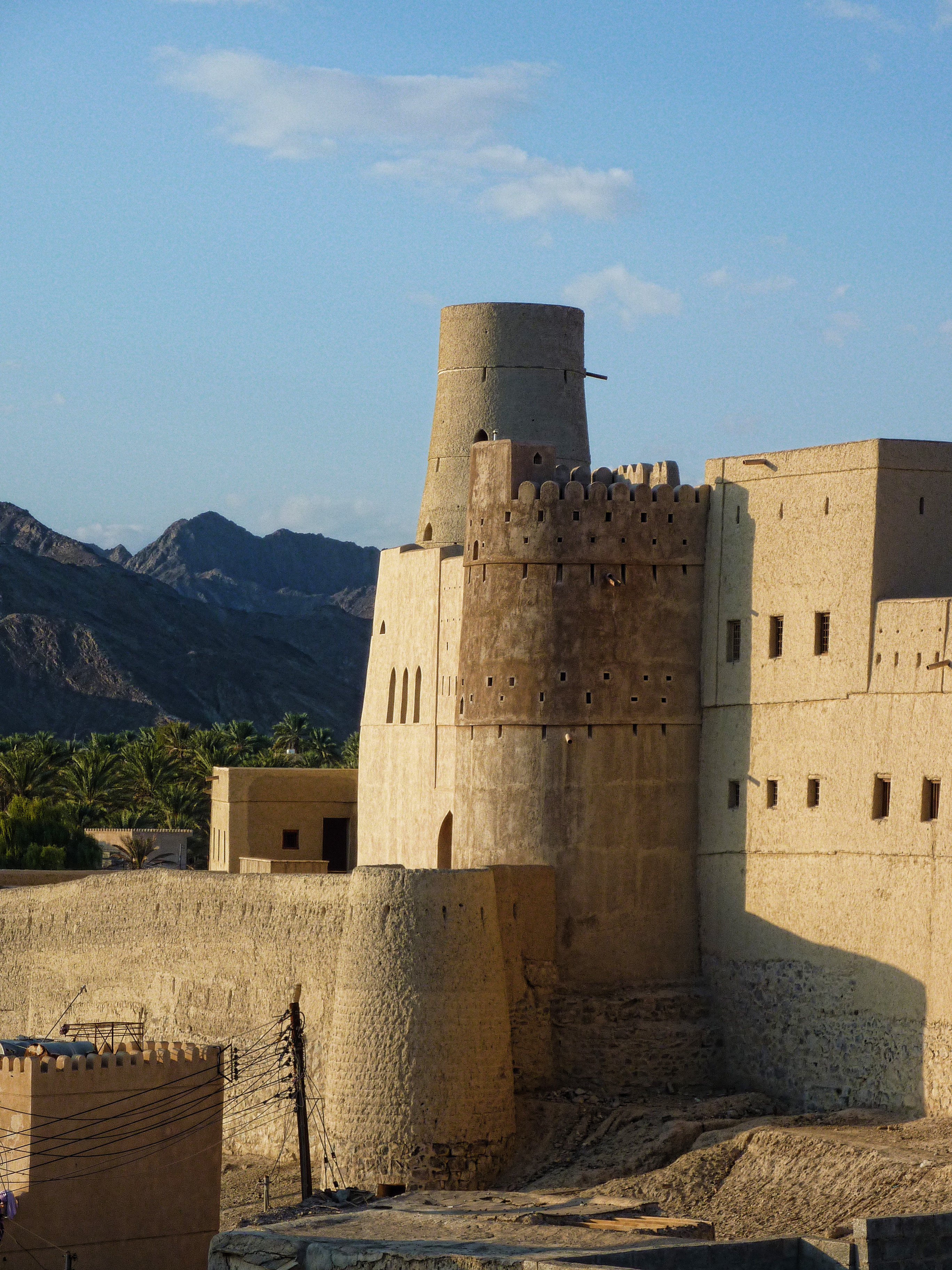Oman
 Oman, ; , .}} officially the Sultanate of Oman,.}} is a country located on the southeastern coast of the Arabian Peninsula in West Asia and the Middle East. It shares land borders with Saudi Arabia, the United Arab Emirates, and Yemen. The capital and largest city is Muscat. As of 2024, Oman has a population of approximately 5.28 million, reflecting a 4.60% population increase from 2023. It is the 123rd most-populous country.
Oman, ; , .}} officially the Sultanate of Oman,.}} is a country located on the southeastern coast of the Arabian Peninsula in West Asia and the Middle East. It shares land borders with Saudi Arabia, the United Arab Emirates, and Yemen. The capital and largest city is Muscat. As of 2024, Oman has a population of approximately 5.28 million, reflecting a 4.60% population increase from 2023. It is the 123rd most-populous country. Oman’s coastline faces the Arabian Sea to the southeast and the Gulf of Oman on the northeast. The exclaves of Madha and Musandam are surrounded by the United Arab Emirates on their land borders, while Musandam’s coastal boundaries are formed by the Strait of Hormuz (which it shares with Iran) and the Gulf of Oman.
From the 18th century, the Omani Sultanate was an empire, competing with the Portuguese and British empires for influence in the Persian Gulf and the Indian Ocean. At its peak in the 19th century, Omani influence and control extended across the Strait of Hormuz to Iran and Pakistan, and as far south as Zanzibar.
In the 20th century, the sultanate came under British influence. For over 300 years, the relations built between the two empires were based on mutual benefit. The UK recognized Oman's geographical importance as a trading hub that secured British trading lanes in the Persian Gulf and Indian Ocean and protected London's interests in the Indian sub-continent.
Oman is an absolute monarchy ruled by a sultan, with power passed down through the male line. Qaboos bin Said served as Sultan from 1970 until his death on January 10, 2020. Since he died childless, he had named his cousin, Haitham bin Tariq, as his successor in a letter, and the ruling family confirmed him as the new Sultan of Oman.
Oman is the oldest continuously independent state in the Arab world. It is a member of the United Nations, the Arab League, the Gulf Cooperation Council, the Non-Aligned Movement, and the Organisation of Islamic Cooperation.
Oman’s oil reserves are ranked as the 22nd largest, globally. In 2010, the United Nations Development Programme recognized Oman as the most improved country in the world in terms of development during the preceding 40 years. A portion of its economy involves tourism, as well as the trade of fish, dates and other agricultural produce. The World Bank classifies Oman as a high-income economy, and , Oman ranks as the 37th most peaceful country in the world according to the Global Peace Index.
Oman was known in the various historical stages with more than one of its most prominent names (Majan, and the Sultanate of Oman), where each of them is associated with a specific civilized or historical dimension. Water in Amman in previous historical periods, compared to the Arab countries adjacent to it, and the word Mazoun is derived from the word (Al -Mazen), which is the clouds with a abundant flowing water. Perhaps this explains the establishment and prosperity of agriculture in Amman since ancient times and the accompanying civilization as well. In the Middle Ages all of the part of the Arabian Peninsula which is located in eastern Qatar and then south to the Indian Ocean was named Oman, but starting from the eighteenth century, this name was given to the southeastern corner of the Arabian Peninsula, which today forms the Sultanate of Oman and the Mahaden coast. Provided by Wikipedia
-
1
-
2
-
3by Krogstrup, SigneOther Authors: “…Oman, William…”
Published 2019
Full text available on IMF
Journal -
4by Franks, JeffreyOther Authors: “…Oman, William…”
Published 2018
Full text available on IMF
Journal -
5by Bhattacharya, AmarOther Authors: “…Oman, William…”
Published 2021
Full text available on IMF
Journal -
6by Prasad, AnanthakrishnanOther Authors: “…Oman, William…”
Published 2022
Full text available on IMF
Journal